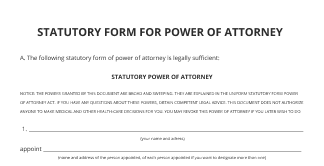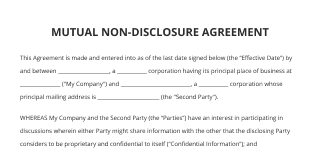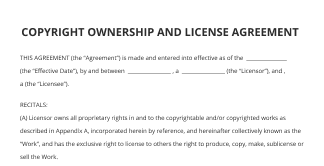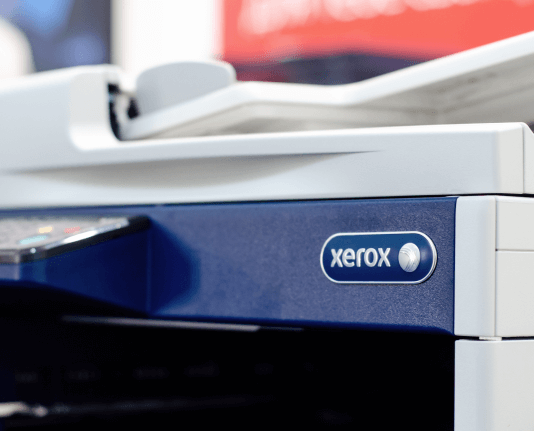Forward Custom Default with airSlate SignNow
Get the robust eSignature capabilities you need from the solution you trust
Choose the pro platform designed for pros
Set up eSignature API quickly
Collaborate better together
Forward custom default, within a few minutes
Decrease the closing time
Maintain sensitive information safe
See airSlate SignNow eSignatures in action
airSlate SignNow solutions for better efficiency
Our user reviews speak for themselves






Why choose airSlate SignNow
-
Free 7-day trial. Choose the plan you need and try it risk-free.
-
Honest pricing for full-featured plans. airSlate SignNow offers subscription plans with no overages or hidden fees at renewal.
-
Enterprise-grade security. airSlate SignNow helps you comply with global security standards.

Your step-by-step guide — forward custom default
Using airSlate SignNow’s eSignature any business can speed up signature workflows and eSign in real-time, delivering a better experience to customers and employees. forward custom default in a few simple steps. Our mobile-first apps make working on the go possible, even while offline! Sign documents from anywhere in the world and close deals faster.
Follow the step-by-step guide to forward custom default:
- Log in to your airSlate SignNow account.
- Locate your document in your folders or upload a new one.
- Open the document and make edits using the Tools menu.
- Drag & drop fillable fields, add text and sign it.
- Add multiple signers using their emails and set the signing order.
- Specify which recipients will get an executed copy.
- Use Advanced Options to limit access to the record and set an expiration date.
- Click Save and Close when completed.
In addition, there are more advanced features available to forward custom default. Add users to your shared workspace, view teams, and track collaboration. Millions of users across the US and Europe agree that a solution that brings everything together in a single holistic enviroment, is what enterprises need to keep workflows working easily. The airSlate SignNow REST API enables you to integrate eSignatures into your application, internet site, CRM or cloud. Check out airSlate SignNow and enjoy faster, smoother and overall more effective eSignature workflows!
How it works
airSlate SignNow features that users love
Get legally-binding signatures now!
What active users are saying — forward custom default
Related searches to forward custom default with airSlate SignNow
Create proof default
Thank you for joining this quick How To Screencast, brought to you by Salesforce support. To see more content like this, hit subscribe. All right, let's talk about how you can default values when you create a brand new record. So if you always want the value to be default, and no matter where they click to create a new record or how the new record was created, you'd actually want to just set a default value right at the field level. So here, for example, I go into the Lead Object, and right where I create or edit that custom field, you can see that I can put in the name of the field, how long the field is, but at the very bottom there, there's a default value area. And so here, I can actually just put the default value I always want this field to have, and it can actually be a formula as well. So it doesn't just have to be one static value, you can put in some kind of formula and have it be dynamic based on some criteria that you want to put in here. But what would happen with this approach is that any time someone goes to create a new record, that field is going to have that default value. It doesn't matter what button they click, desktop, mobile, through an API call, that default value is set. Now, there's another way to do this as well, and that's through something called Actions. So with an Action, you can define that when someone clicks this particular button, we only want to see a particular set of fields and we want to default certain values. And you can have global actions or you can have actions on specific records. So on an account object, I can have a related button to create a case, for example. So here we go into Setup on the object where we want the action to be, and we create a new action. And in this case, I'm going to create a record. This will give you the options based on what records are related to the object we're talking about. So you'll have different options depending on your environment. But essentially, you create a new action, you decide what record it's going to create, and you give it a name. And then from here, you can actually decide the layout of the action. So what fields do you want to have show up, so when someone clicks that particular button, what fields should they be manually editing? And you can drag and drop, add, or remove fields. But the magic here is this Predefined Field Values. This is where you're going to set the different default values when someone clicks this button. And so those fields don't even need to be on the page, they could just be hidden off of the action but still have the right default field value. And again, these are formulas...
Show more





























